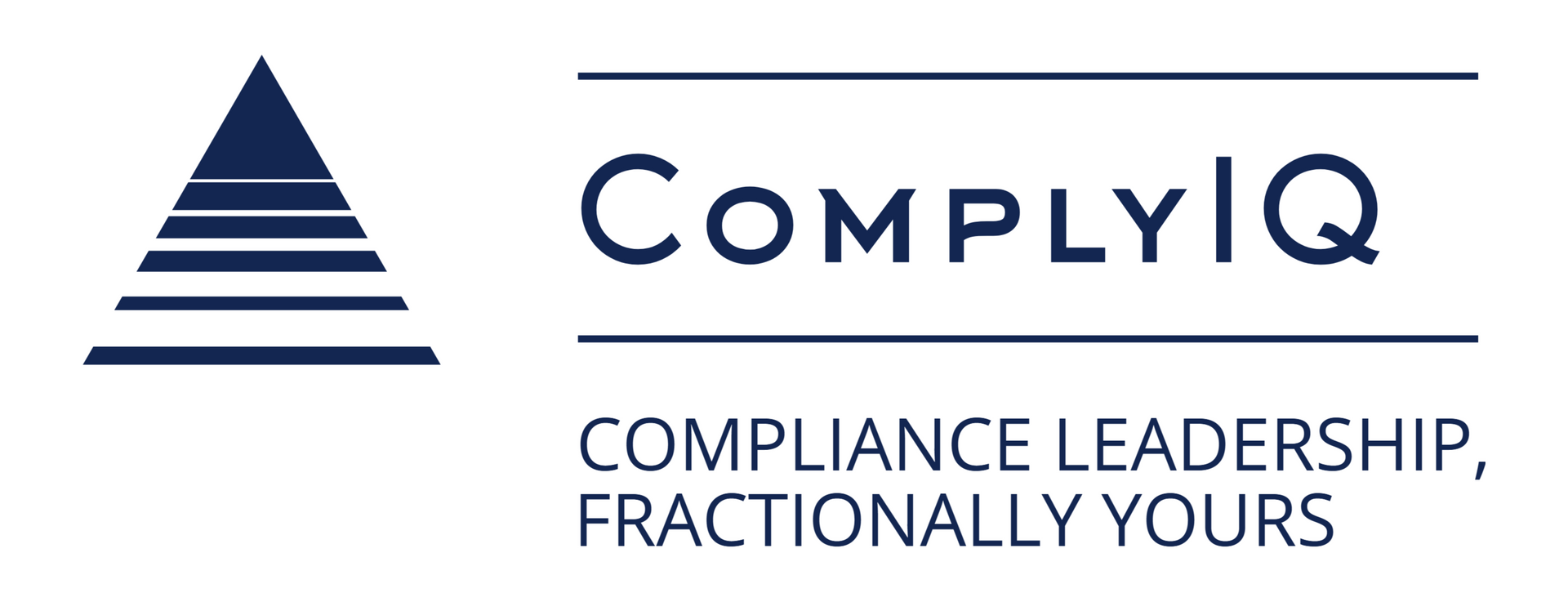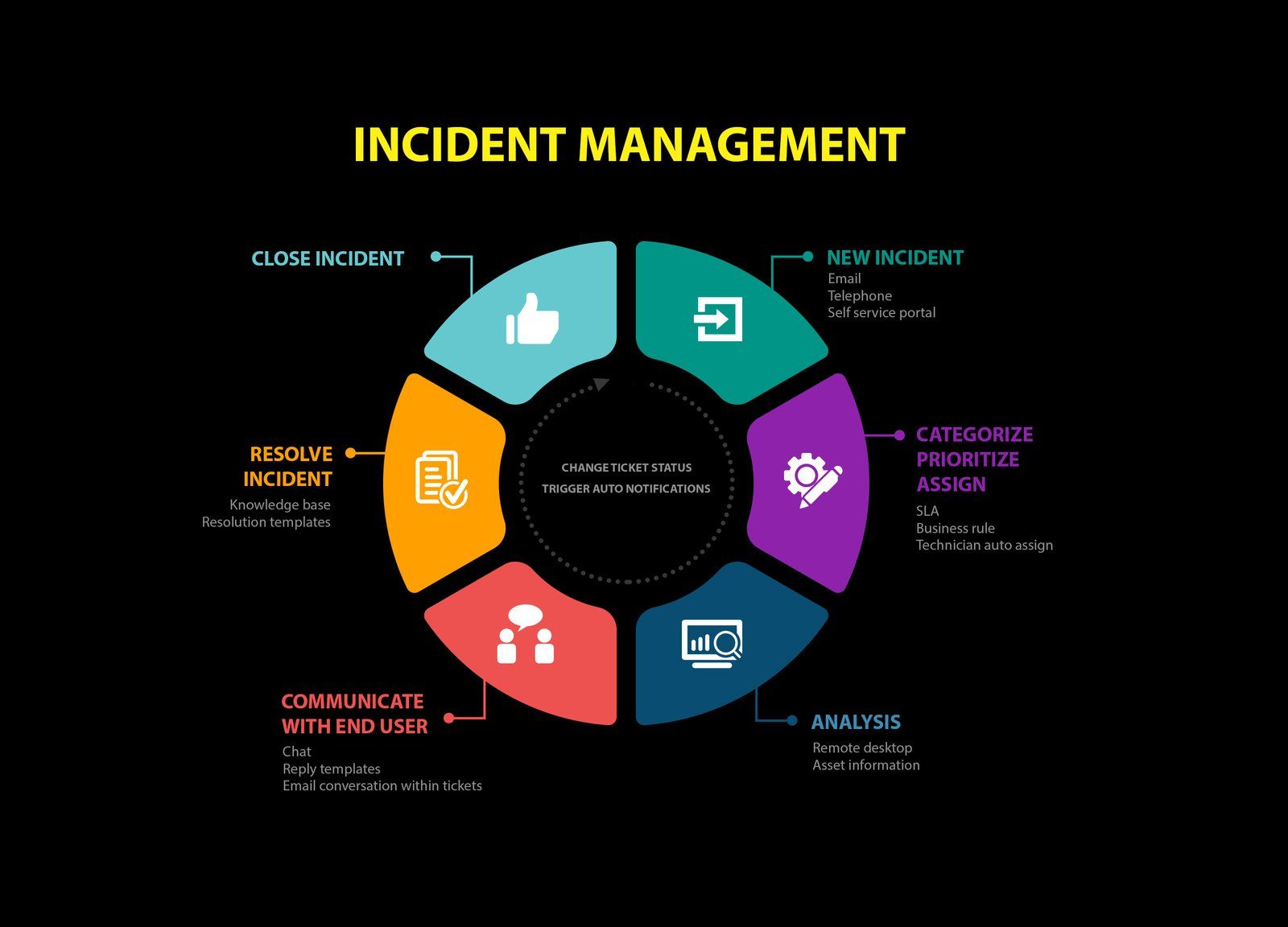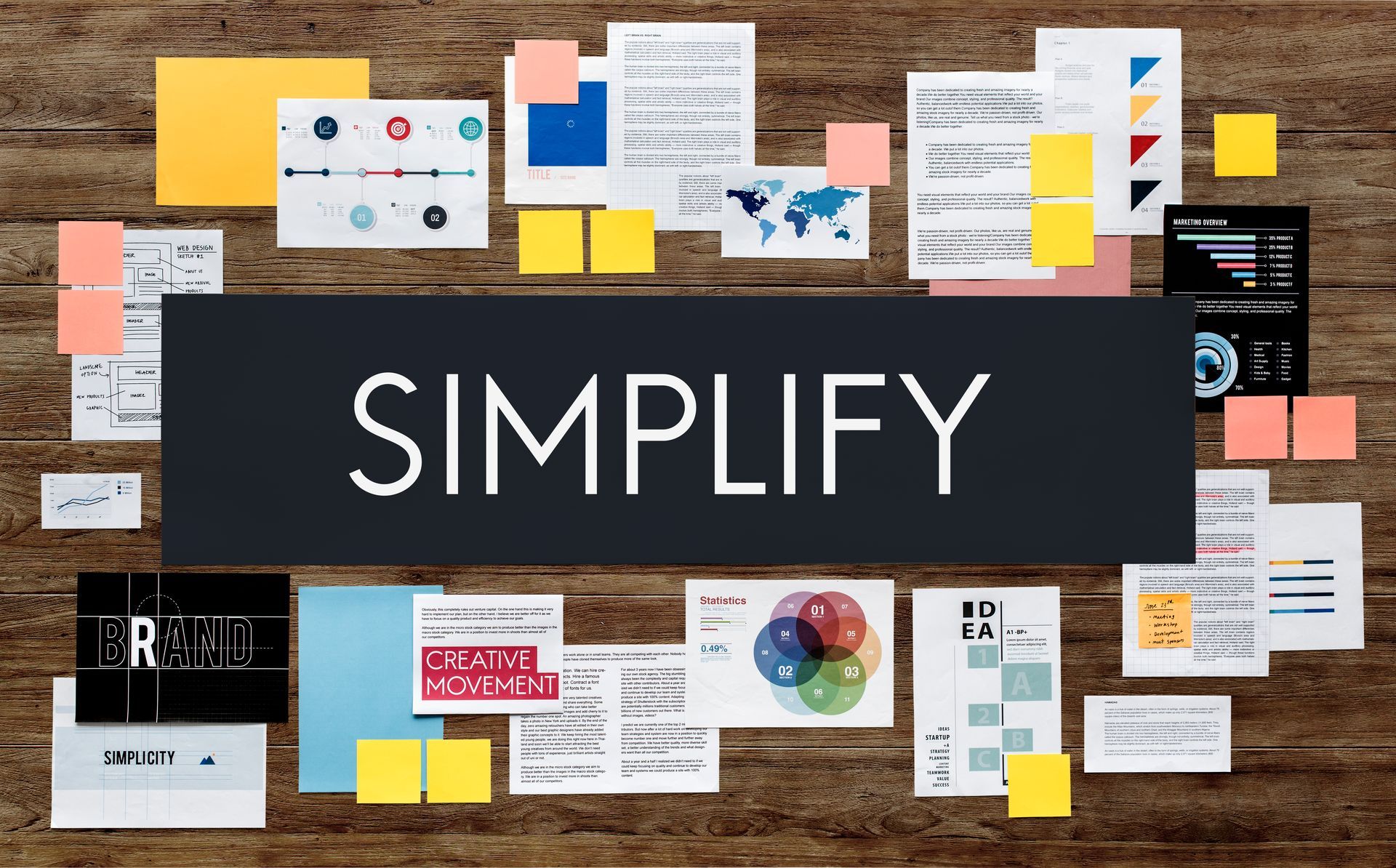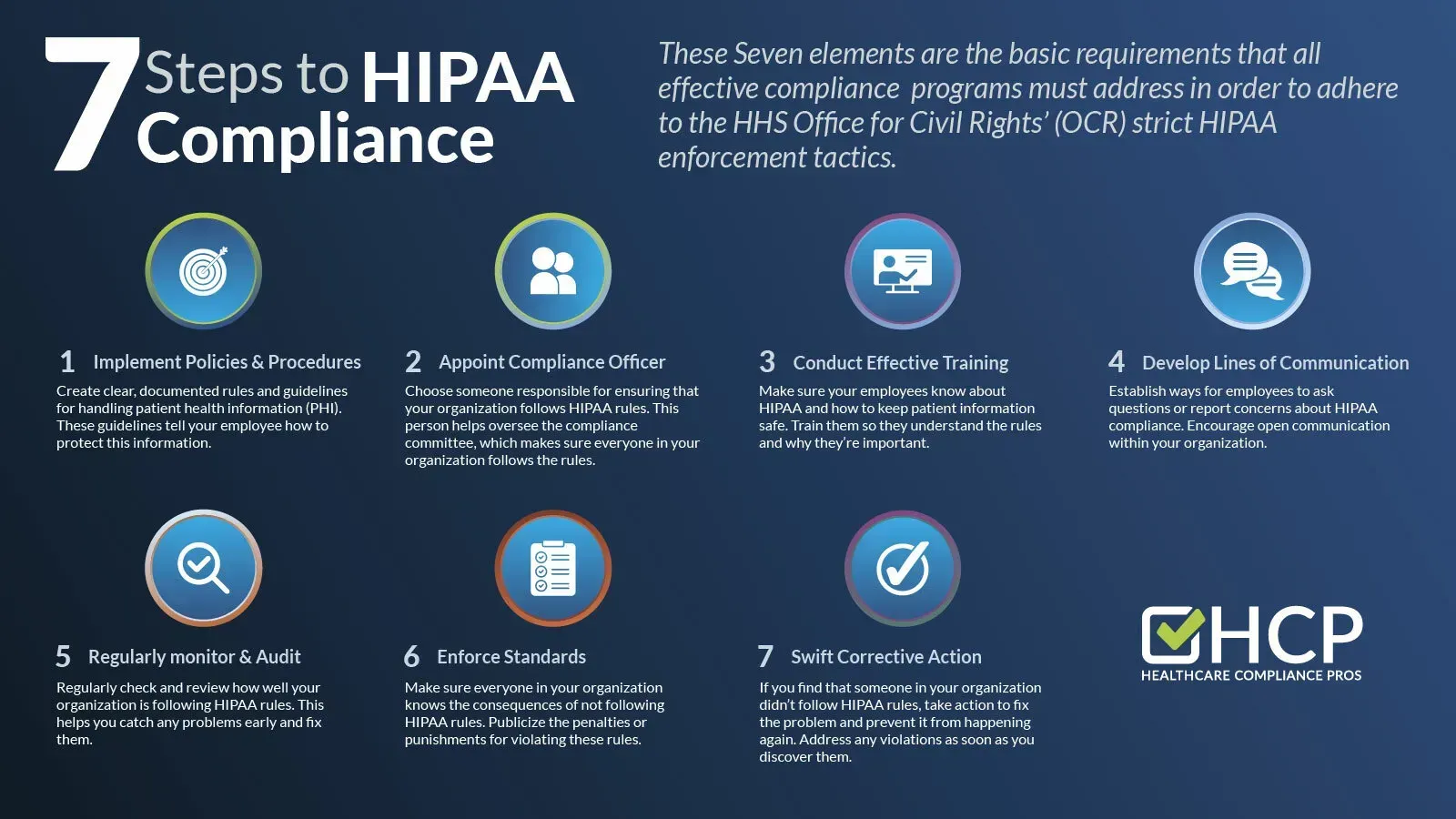Extend the Reach of your General Counsel or Chief Compliance Officer: A 5‑Layer Guide
Using Fractional Resources to Extend the Reach of your General Counsel or Chief Compliance Officer: a five‑layer model and a two‑tier pilot to stop launch delays and prove ROI fast.

Why this guide matters
Compliance is slowing launches.
Using Fractional Resources to Extend the Reach of your General Counsel or Chief Compliance Officer fixes that gap for growing fintechs. This guide gives a practical five‑layer model, a step‑by‑step playbook, and real examples you can act on this quarter.
If you run product or legal at a fintech, you’ll find a ready two‑tier pilot you can build in a week.
The Problem: Overloaded Leadership
GCs and CCOs get stretched thin fast. Licensing, policy updates, exam prep, AML reviews, vendor due diligence, and sprint‑level sign‑offs all land on a tiny team. That creates predictable failure modes: delayed product launches, wasted engineering cycles, and inconsistent responses to examiners.
Imagine David, a fintech COO. A payments feature was held for two months because a disclosure slipped through review. Engineering lost a sprint and leadership lost confidence. That one delay cost heads‑down time and felt like a regulatory near‑miss.
A week after the hold, David and the in‑house compliance lead had this exchange:
“Can we get the sign‑off this sprint?” David asked.
“We’re missing a vendor control memo and AML checks,” the compliance lead replied.
“Who can pull this together?”
“We don’t have capacity this week.”
Stopgaps don’t solve it. Hourly law firms are slow to ramp. Templates miss product nuance. Ad‑hoc consultants deliver inconsistent positions. Regulators notice inconsistency. See the CFPB Supervision & Examination Manual to understand what examiners will flag.
Leadership and resourcing matter for AML programs too; FinCEN culture advisory explains why.
Model Overview: The Five‑layer Coverage Approach
Split coverage into five clear layers: Strategic Oversight, Program Design, Transactional Support, Monitoring & Testing, and Regulator Engagement. This separation helps you budget, assign decision rights, and avoid role confusion.
Strategic Oversight handles board reporting and escalation paths. Program Design builds control frameworks and licensing roadmaps. Transactional Support does filings, contract reviews, and sprint checklists. Monitoring & Testing owns independent testing and KPIs. Regulator Engagement leads examiner responses and formal letters.
Think of fractional counsel as adding an experienced navigator to your ship. They don’t steer every day, but when you enter narrow channels, you don’t want to learn on the rocks. Map hours to each layer. Use retained monthly hours for recurring work and hourly for bursts. If a task repeats quarterly, move it into the retainer. Track success with clear metrics: Time‑to‑Decision, Release Delay Days, Audit Findings per Year, and Reactive Hours Saved.
For model risk and AI, include governance deliverables guided by FinRegLab research on AI and fairness.
One practical beat: start with an initial allocation of hours tied to the roadmap. For example, allocate 40% of retainer hours to transactional support during a heavy launch quarter. Then measure release delays over 90 days and reallocate.
Step‑by‑Step Guide for Embedding Resources
Step 1. Assess Current Gaps
Run a short inventory. List open regulator items, pending filings, policy gaps, and common sprint blockers. Align each item to impact on launches, regulatory risk, and recurrence. Score items 1–5 on impact and 1–5 on likelihood. Focus the first retainer on the top 6 items.
Include AML baselines from FinCEN BSA/AML Guidance and control expectations from FFIEC examination handbooks to set the minimum standard.
Estimate hours. Example: 50‑state filing effort = 30 hrs/month initially; ongoing state renewals = 6 hrs/month. Collect artifacts—policy library, recent examiner letters, Jira tickets, current vendor contracts. These cut onboarding time.
Quick checklist you can copy:
- Inventory: list open regulator items and sprint blockers.
- Score: impact (1–5) and likelihood (1–5).
- Prioritize: pick top 6 items for the first retainer.
- Estimate: attach hours to each prioritized item.
Step 2. Design Coverage Packages
Create light, core, and deep packages tied to the five layers.
Light = 8 hrs/month for oversight and quick advice.
Core = 16 hrs/month for program design plus transactional support.
Deep = 24+ hrs/month for near‑embedded support and regulator engagement.
Define deliverables per tier: licensing roadmap, policy library, intake triage, audit playbook, and an AI governance checklist for model controls. Use NACHA Operating Rules for ACH‑related deliverables and the NACHA Risk Management Resource Center.
Set an escalation hourly rate for bursts. Validate your packages against real scenarios: state license filing, product launch checkpoint, and mock exam. Include model documentation requirements from FinRegLab's explainability toolkit when Tier 2 covers underwriting models.
Practical tip: capture what you’ll move into a retainer after three recurring requests. If intake shows the same task three times, make it part of the retainer to reduce friction.
Step 3. Integrate into Sprint and Governance Workflows
Add fractional counsel into daily tools. Create a compliance ticket type in Jira. Add a #compliance channel in Slack. Put counsel on invite lists for sprint demos and governance meetings. Set a RACI that clarifies advisory vs. approval. Use the OCC third‑party risk guidance and Fed outsourcing expectations to draft vendor SLAs and due‑diligence checklists. Use Federal Reserve resources for DDQ templates.
Automate intake. Build a short intake form (risk level, release impact, desired SLA). Triage tickets weekly. Capture answers in Notion or Confluence so fractional knowledge becomes institutional.
Example RACI snippet:
- Product owner: responsible for intake completeness.
- Fractional CCO: consults and advises; authorized sign‑off only if specified in SOW.
- Legal counsel: approves regulator correspondence.
Step 4. Monitor Performance and Scale
Measure the KPIs you set. Run quarterly reviews to reallocate hours between layers. Keep a rolling six‑month forecast tied to the product roadmap and to pending rulemakings (for example, FinCEN proposed AML program rule).
Use ABA compliance toolkits and FFIEC examination handbooks for independent testing and test scripts.
Draft flexible contracts: month‑to‑month retainer bands, rollover hours, and clear exit clauses. Document playbooks so, when you hire full‑time, the knowledge transfers cleanly.
Objections You’ll Hear and How to Answer Them
Hidden fees: insist on a clear SOW with hourly burst rates and a monthly cap. Require a simple invoice breakout so you can see retainer vs. burst hours.
Depth concerns: require named senior coverage in the contract and at least one shadowing week during onboarding so the fractional team proves domain fit.
Integration speed: require a 30‑ to 60‑day ramp checklist with artifact delivery milestones (policy library, Jira access, recent examiner letters). That sets expectations and reduces surprises.
Real‑world Examples
Example A — Licensing Roadmap
Task a fractional CCO to deliver a 50‑state licensing roadmap. Ask for milestones: state prioritization, required filings, application templates, and a regulator contact list. Use NMLS state licensing resources and Fintech Sandbox state licensing resources to validate state requirements.
Practical timeline:
Month 1 — prioritize states and deliver a 10‑state phased plan.
Month 2 — prepare application templates for the top 5 states.
Month 3 — hand off completed packages for submission.
Typical outcome: you reduce time-to-submission by consolidating forms and having a single point of responsibility.
Example B — Audit and Exam Readiness Sprint
Scope a 6–8 week sprint: control mapping, evidence collection, mock exam, and regulator response templates. Assign fractional hours to stitch together the evidence pack and run mock examiner calls. Use the CFPB exam manual for mock exam scope and evidence expectations.
Sprint agenda sample:
- Week 1: control mapping and gap list.
- Week 2–4: evidence collection and player interviews.
- Week 5: mock exam with scripted questions.
- Week 6–8: remediation and regulator response package.
Result: teams report faster evidence assembly and clearer regulator answers.
Example C — Product Launch Compliance Gate
Add a four‑item pre‑launch gate: disclosures, data flows, vendor controls, and AML risk check. Require a sign‑off with a 48‑hour SLA for blocking issues. Make the process: intake → triage → counsel review → documented decision.
Pilot a one‑month burst retainer for the first two launches to prove the model. Use NACHA Operating Rules and CFPB guidance to validate payments and disclosure checks.
Small, repeatable gates reduce last‑minute rework. Run a one‑month pilot for two launches and measure release delay days avoided.
Key Takeaways and Next Steps
Small, repeatable fractional coverage prevents late launches and reduces audit risk. It gives you predictable, measurable compliance without the overhead of a full hire.
Do this this week: run a one‑hour gap audit and draft a two‑tier package for the next quarter. If you want a ready partner to pilot the approach, explore a fractional CCO provider that maps retainer tiers to licensing, audit readiness, and policy design.
FAQs
Q: How do I choose retainer vs. hourly on‑demand?
A: Choose a retainer for predictable, recurring work. Use hourly for one‑off bursts and filings.
Q: Will fractional counsel understand our product quickly?
A: Yes. Provide policy docs, recent examiner letters, the Jira backlog, and a 30–60 day ramp checklist to speed context.
Q: How do I retain institutional knowledge with a fractional team?
A: Require knowledge capture in Notion, recorded walkthroughs, and versioned policies. Include handoff obligations in the SOW.
Q: Can fractional counsel handle regulator meetings?
A: Yes. Define scope in the SOW—advisor only or authorized representative who leads examiner calls and drafts responses.
Q: How do I measure ROI from fractional compliance?
A: Measure release delay days avoided, reduced external legal spend, fewer audit findings, and SLA response time improvements.
Q: How soon can a fractional CCO be effective?
A: Operational in 2–8 weeks; fully owning program deliverables in 1–3 months with disciplined onboarding and artifacts.










